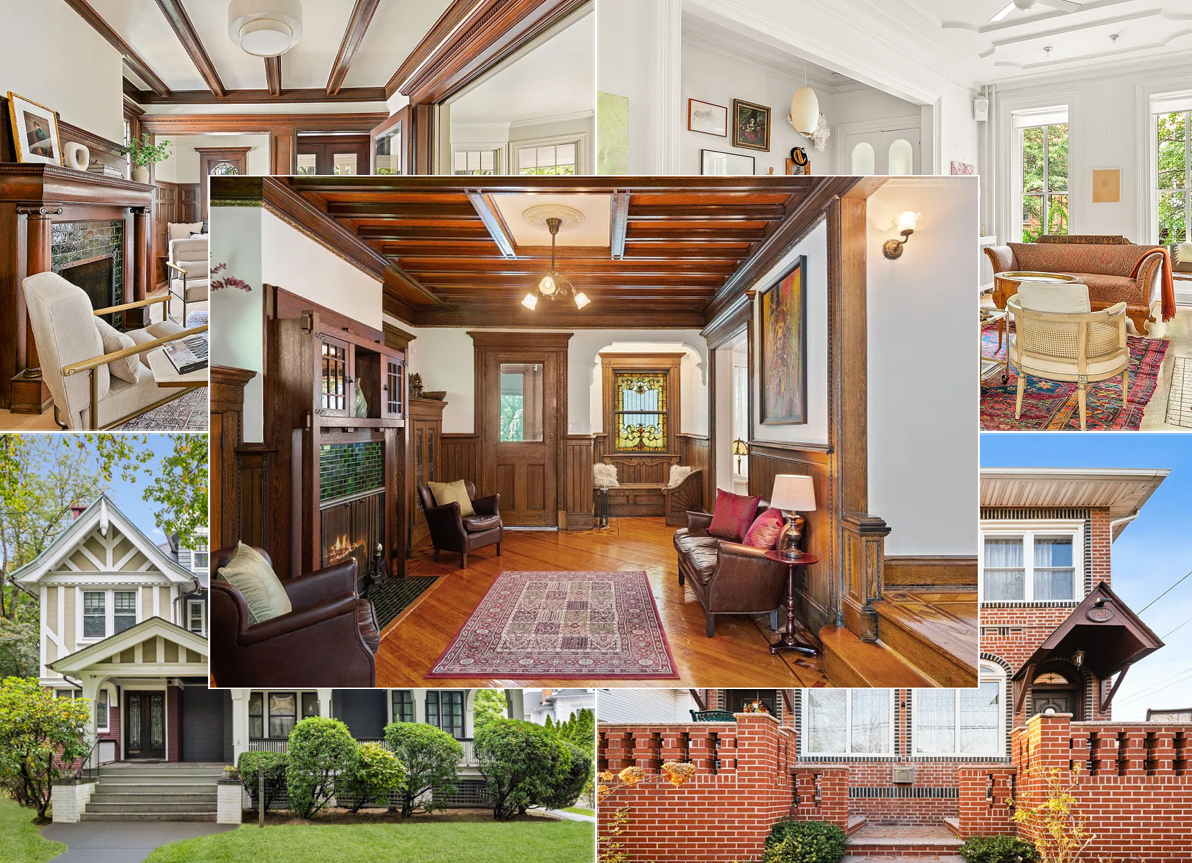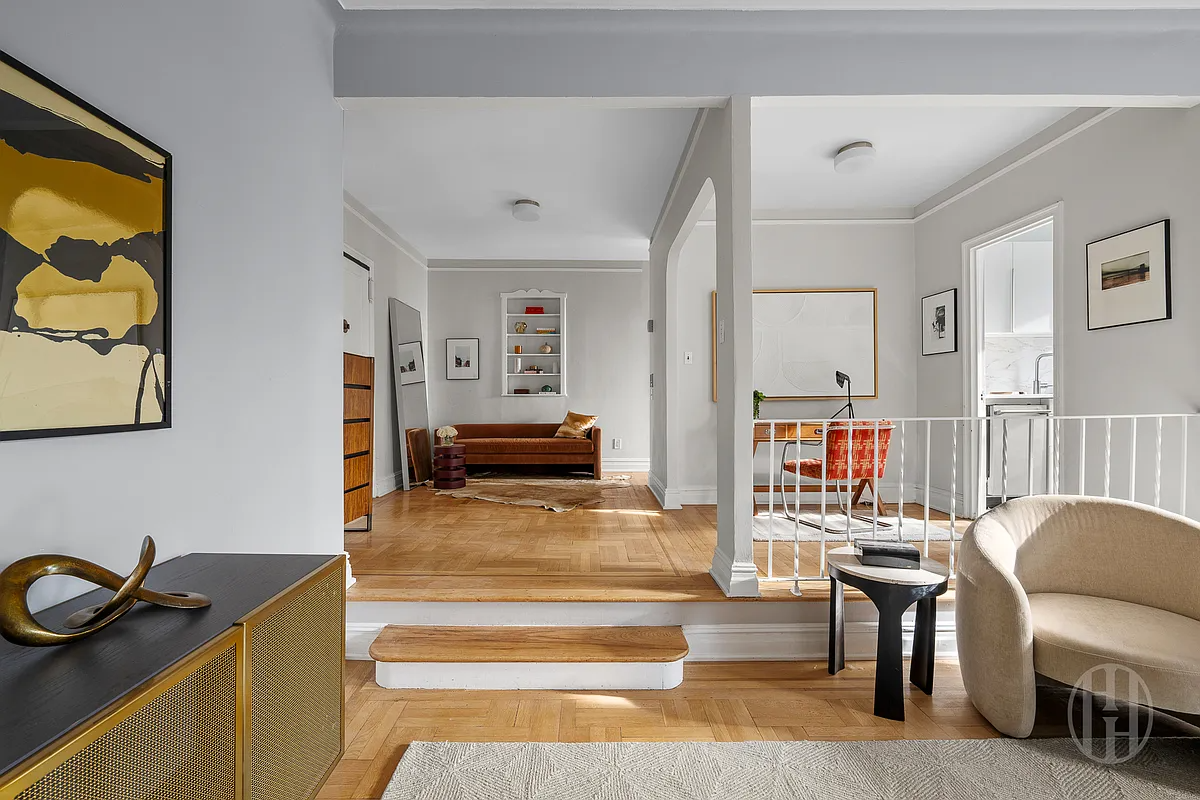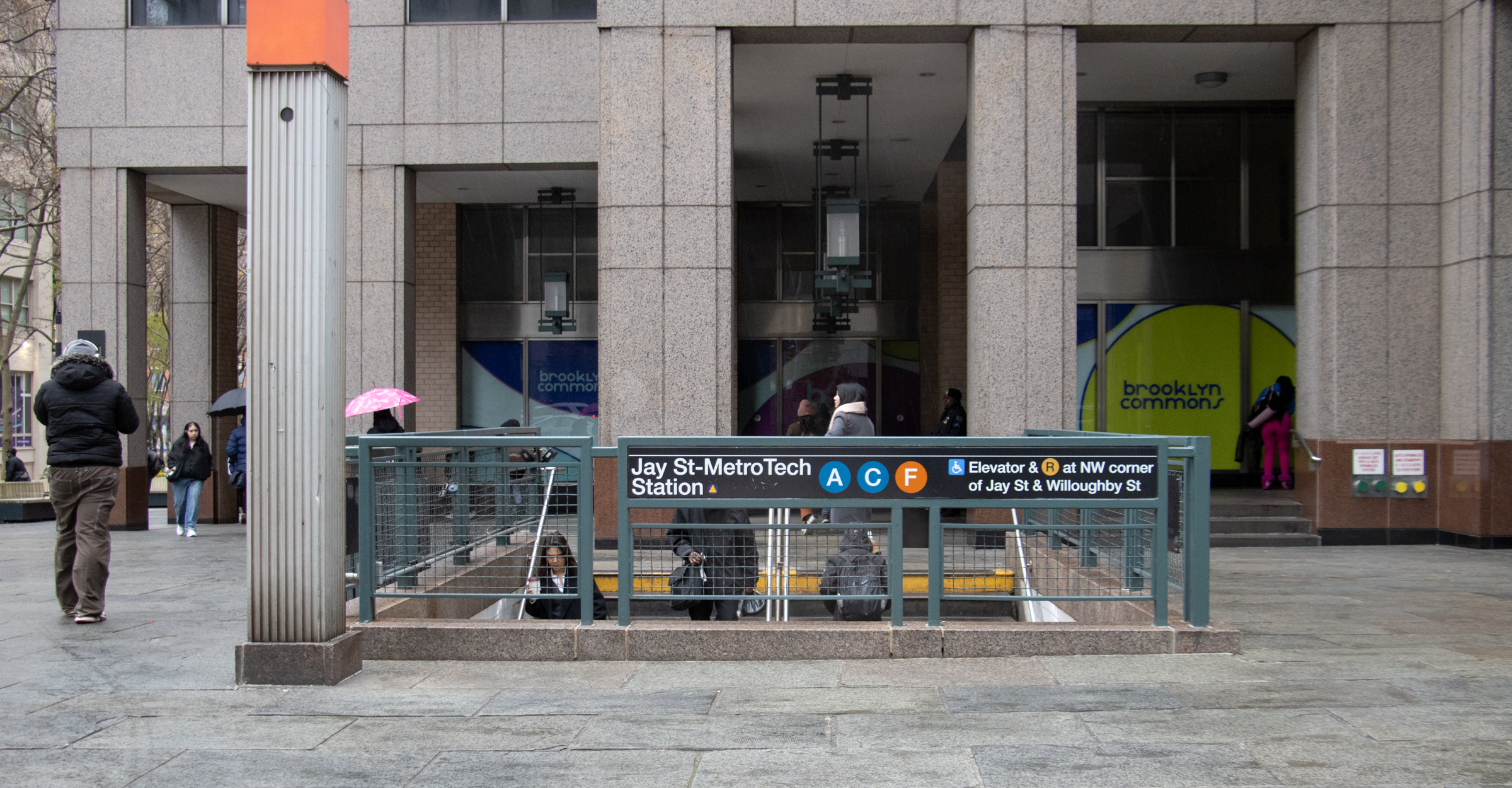Key Form of AY Arena Financing Appears Shaky
A big chunk of financing for Atlantic Yards may be in jeopardy, the Times reports. The IRS is looking to end the days of tax-exempt bond giveaways for pro sports teams’ projects, a form of financing that Forest City Ratner was counting on for its $950 million Barclays Center. The Nets facility is expected to…


A big chunk of financing for Atlantic Yards may be in jeopardy, the Times reports. The IRS is looking to end the days of tax-exempt bond giveaways for pro sports teams’ projects, a form of financing that Forest City Ratner was counting on for its $950 million Barclays Center. The Nets facility is expected to be the most expensive arena in the world. Forest City Ratner had expected to raise about $800 million in tax-exempt bonds. Real estate pros say the arena will be much harder to bring to fruition if the tax-exempt dough doesn’t come through. Forest City Ratner is poised to get more than $2 billion in tax subsidies for Atlantic Yards, according to reports published earlier this year, but the developer says that may not be enough public financing for the project to be realized. The move by the IRS could also impact plans for the new Yankee Stadium in the Bronx among other projects.
A Question Mark Looms Over 3 Expensive Projects [NY Times]
You Pay and the Nets Will Play [NY Times]
Photo by andriz.





original thought > 10:58 anon
Fork > BrooklynLove
the last 3 posts above this should join forces to write a novel.
Stick a fork in it, AY is done.
1. I don’t object to subsidies and tax breaks in general
2. I agree the City needs housing. Whether it needs so much “luxury” housing is a different matter
3. 4. Why did the MTA agree to give Ratner the Air rights when another group was willing to pay more for the rights, as well as build a project more in line with the community and without seeking eminent domain?
And money in the form of subsidies is a double edge sword. The tax base forgoes the income it would have gotten basically on a promise. Ratner has not demonstrated that he can build the project he promised, or keep the promises he made. So in strictly financial terms, we lose money before we see any gains, we are hoping he can in fact deliver, and that over 30 years we’ll get a pittance of a return on the investment.
In real terms, tax subsidies cost us in uncollected funds which in turn means goods and services not provided to the rest of us. Add to that the demands and stresses on the community and infrastructure while AY is being constructed, it’s costing us even more.
Nor does it inspire confidence that the plans did not go through a proper review, and they have been redrawn and scaled back. that I don’t mind, but it is an indication that confidence in Ratner’s ability to do this is in question by the very people he needs to get it done. So all the numbers can be pumped up and put in the most optimistic terms yu like- but the reality can be very different.
I’m actually in favor of developments getting, as 2:18 said, “some benefits.”
But $2,157,260,000 is not “some benefits.” It’s a subsidy of such massive proportion that it is 50% of the estimated cost of the entire development.
It’s a $2,157,260,000 subsidy over the next 10 years that Ratner’s own PR says will generate only $1 billion in benefit over the next 30 years. Any guess on what the actual number is if Ratner’s saying $1 billion? Exactly.
If the pro-AYers want to invest more than their tax money in a scheme that returns half of it back to them 30 years from now I have just the investment for them. See my earlier rant.
It’s a $2,157,260,000 gift to a company that’s broke so they can build a stadium for the broke company’s other holding.
It’s a $2,157,260,000 ponzi scheme with taxpayer money.
But you’re right about one thing. This type of development must use public money – because private investors would never fall for a scam like this.
2:18 hits the nail on the head.
2:01
It very much does matter. These are people who are the landed gentry of this city. How they got there is irrelevant. It is improper for those who have so much to stand in the way of bringing 22,000 new homes to a city desperately in need of more housing.
High density residential development in this city has barely taken place without some kind of subsidy since the city radicalized real estate development with the 1960 zoning act and rent stabilization in the 1970s. It is completely unreasonable to expect this project should be exempt from these benefits.
polemicist > gabby